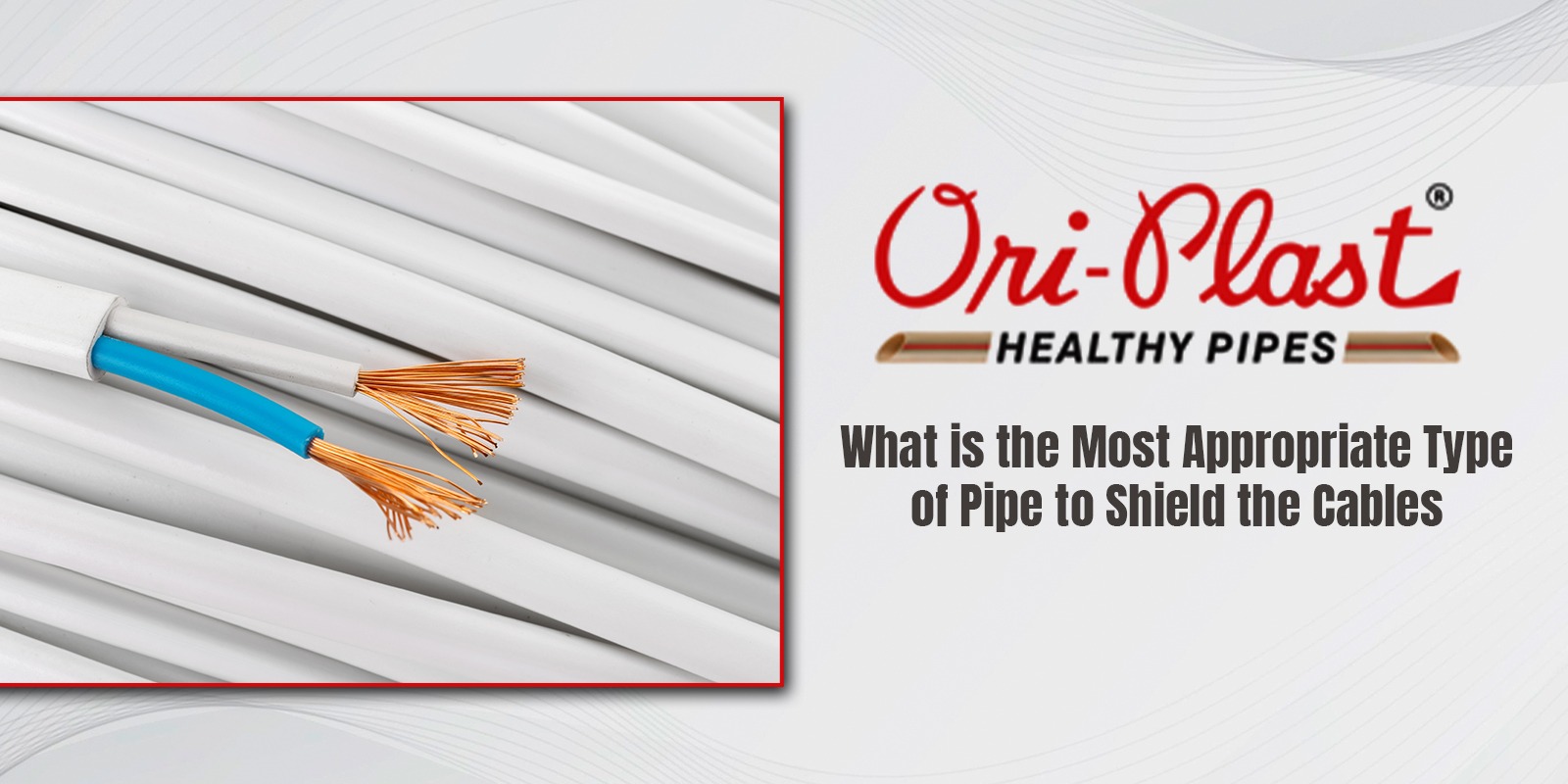Cables are essential components of any electrical or electronic system. They carry power, data, and signals, making them vital for the operation of many devices and machinery. However, cables can be susceptible to interference and damage, which can affect their performance and reliability. One way to protect cables is to shield them with pipes, but what is the most appropriate type of pipe to use? In this article, we will discuss the different types of pipes and their advantages. We will also provide guidance on how to choose the right pipe to shield your cables effectively. So, let's dive in.
Types of Pipes for Cable Shielding
There are different types of pipes available for cable shielding. Here are some of the most common types:
Metallic Pipes:
Metallic pipes such as steel, copper, and aluminum are excellent choices for cable shielding. They provide excellent protection against electromagnetic interference (EMI) and radiofrequency interference (RFI). Metallic pipes are also durable and resistant to corrosion and temperature changes.
Advantages: Provide excellent EMI and RFI protection, and are durable and resistant to corrosion.
PVC Pipes:
PVC pipes are lightweight and easy to install, making them a popular choice for cable shielding. They are also resistant to water and chemicals, making them suitable for outdoor installations.
Advantages: Lightweight, easy to install, and resistant to water and chemicals.
HDPE Pipes:
High-density polyethylene (HDPE) pipes are strong, flexible, and resistant to chemicals and corrosion. They are also lightweight and easy to install, making them a popular choice for cable shielding.
Advantages: Strong, flexible, and resistant to chemicals and corrosion, making them suitable for harsh environments.
Factors to Consider When Choosing a Pipe:
When choosing a pipe for cable shielding, there are several factors to consider:
Environment: Consider the environment where the pipes will be installed, such as temperature, humidity, and exposure to chemicals or water.
Cable Type: The type of cable being shielded will also influence the choice of pipe. For instance, metallic pipes are suitable for shielding high-frequency cables, while PVC and HDPE pipes are ideal for low-frequency cables.
Installation: Consider the installation method, including the length of the pipes, the number of bends, and the fittings needed.
Conclusion:
Choosing the most appropriate type of pipe to shield your cables is essential to ensure reliable performance and prevent interference and damage. Consider the environment, cable type, and installation method when choosing a pipe. Metallic pipes are suitable for high-frequency cables, while PVC and HDPE pipes are ideal for low-frequency cables. PVC pipes are lightweight and easy to install, while HDPE pipes are strong and flexible. Ultimately, the choice of pipe will depend on your specific needs and requirements.
By selecting the right pipe for cable shielding, you can enhance the performance and longevity of your cables. Check out Oriplast PVC Pipes if you are looking for high-quality PVC pipes for a safe cable shielding experience. Take the time to evaluate your options carefully and consult with a professional if you need guidance. With the right pipe, you can ensure your cables are protected and operating at their best.
Visit our Facebook Page Oriplast for more exciting content.



